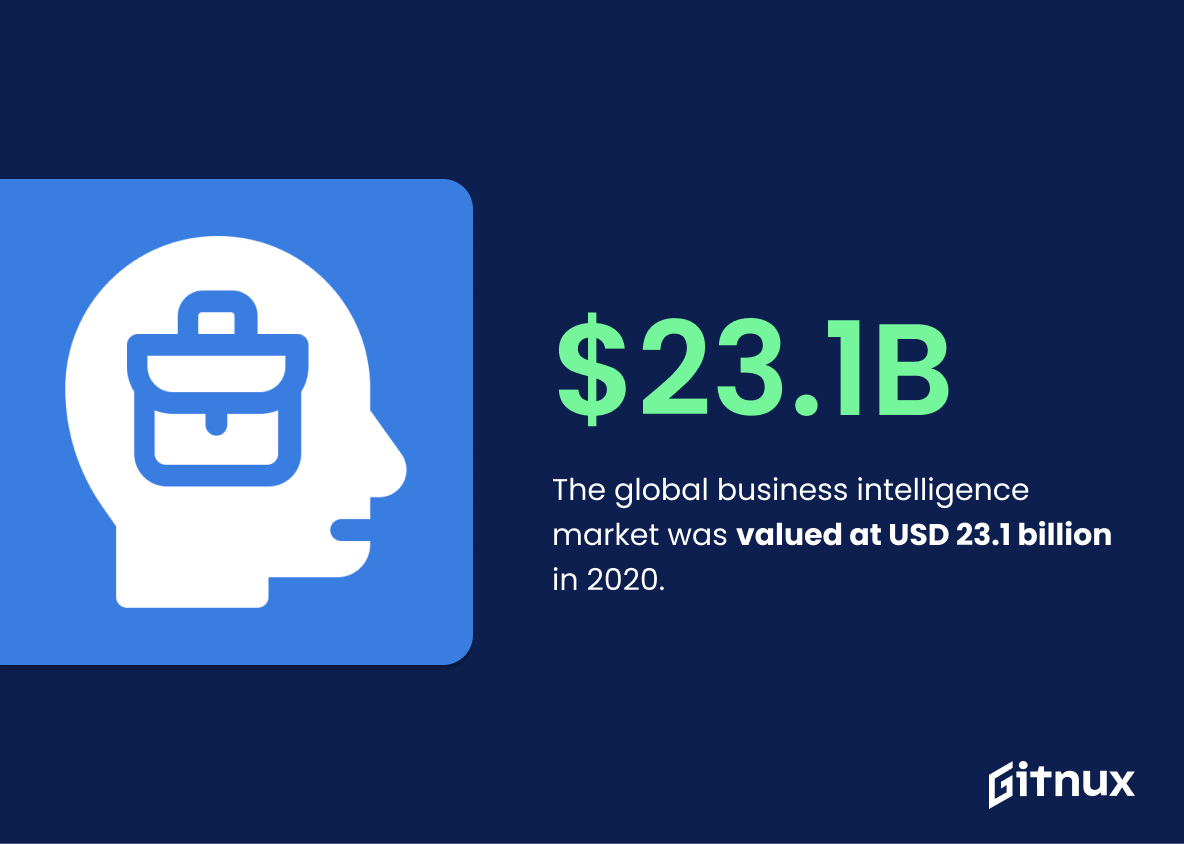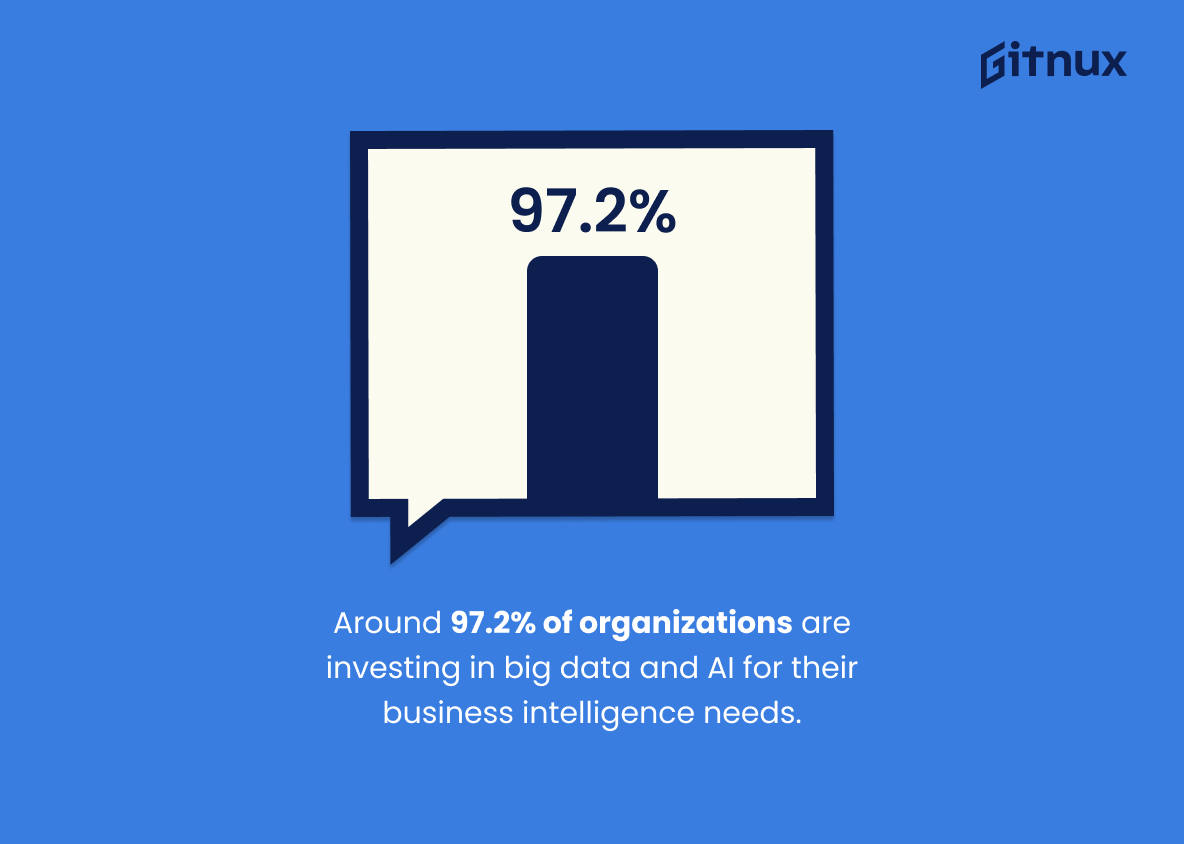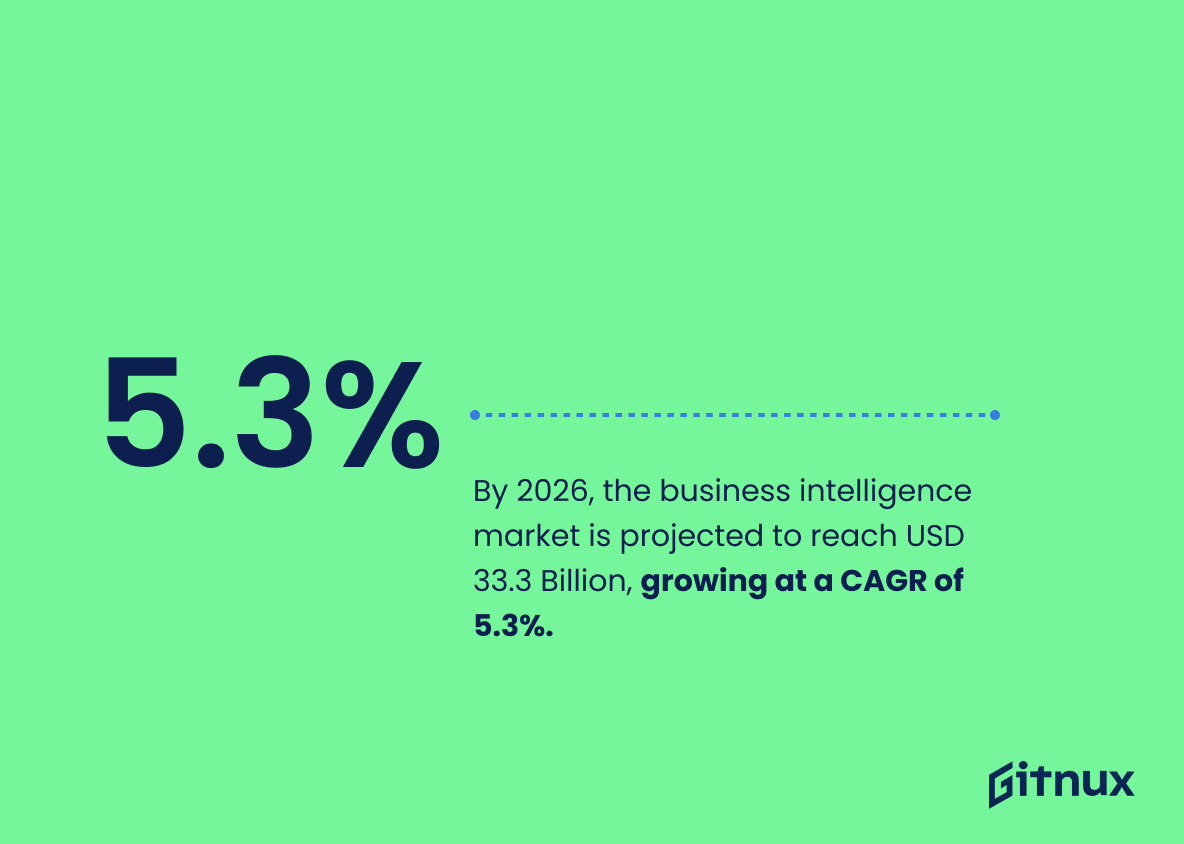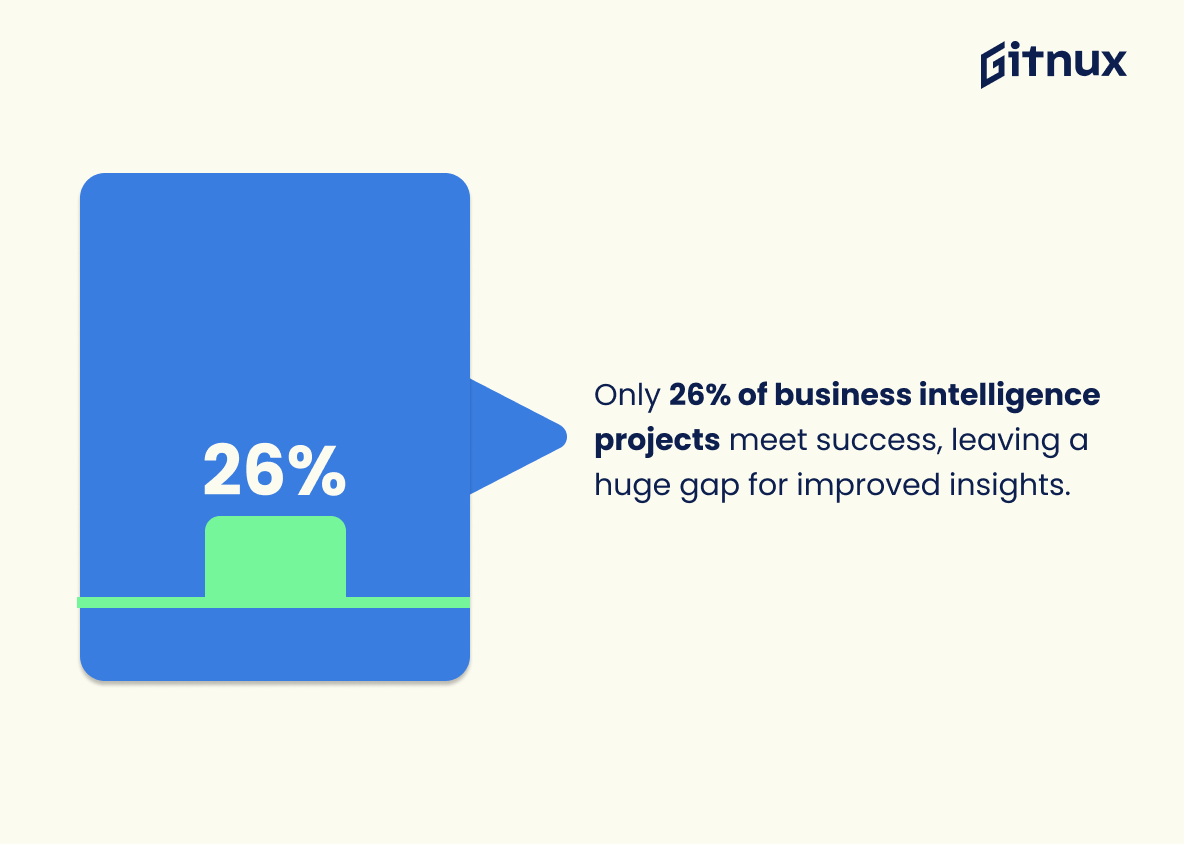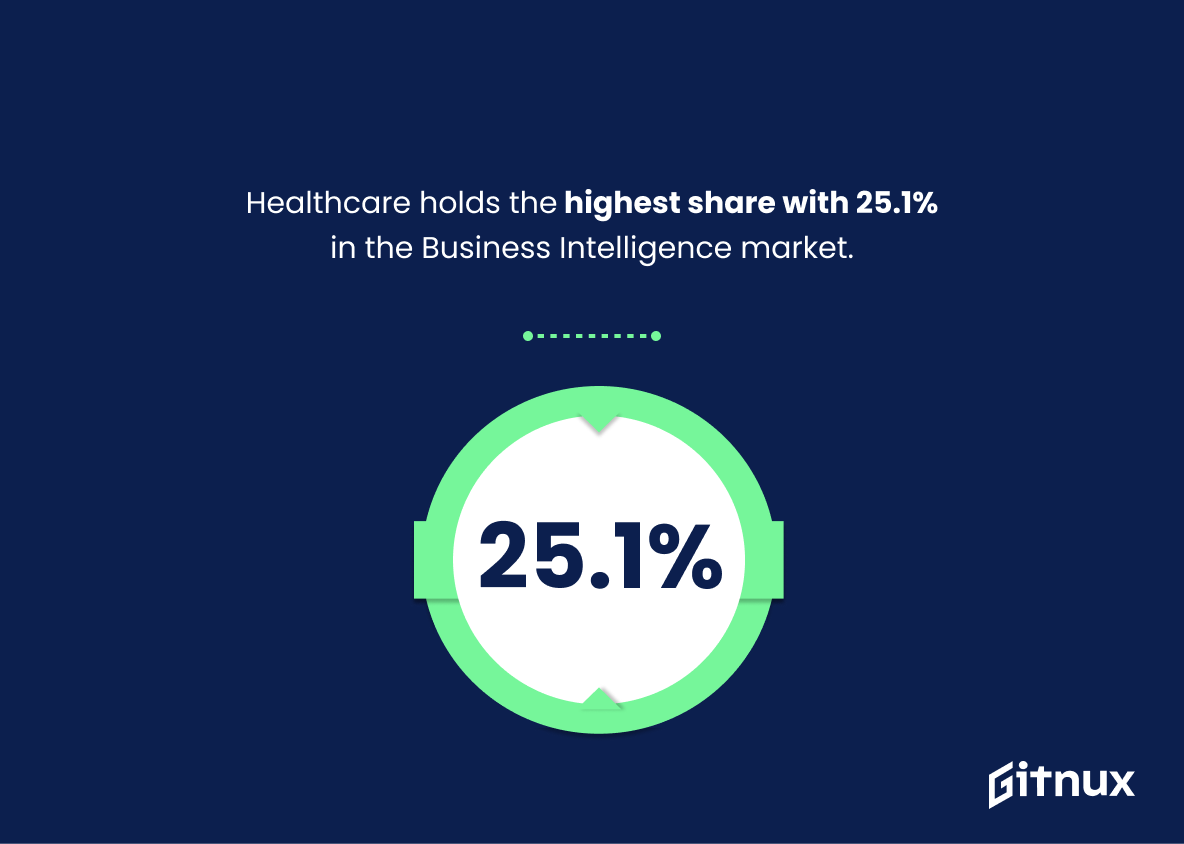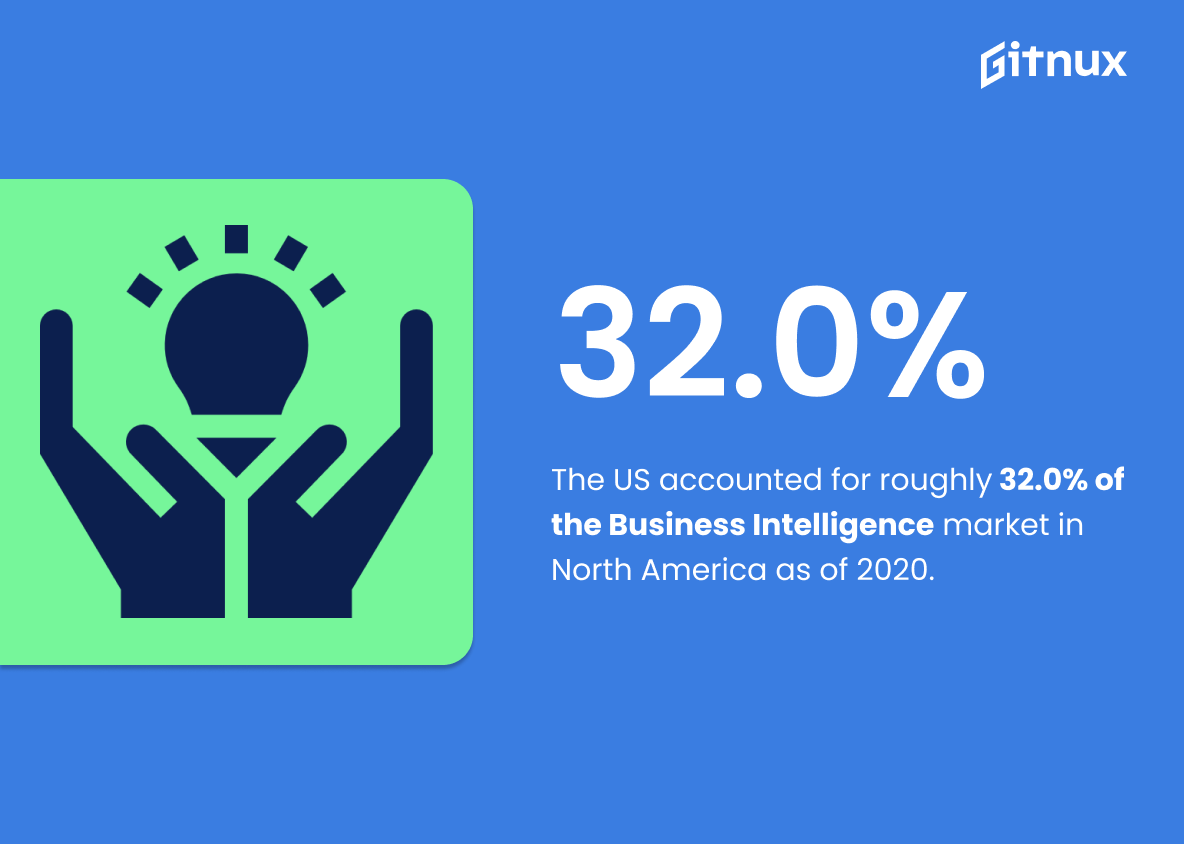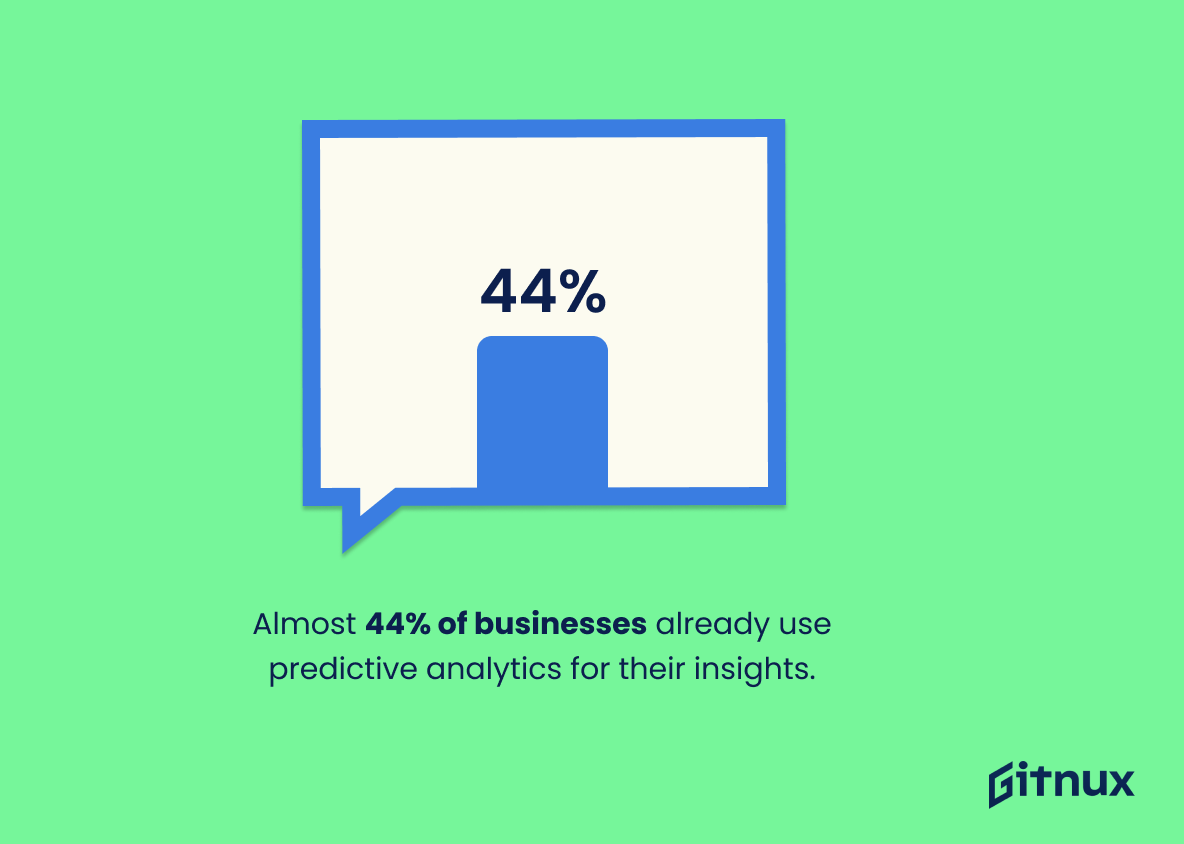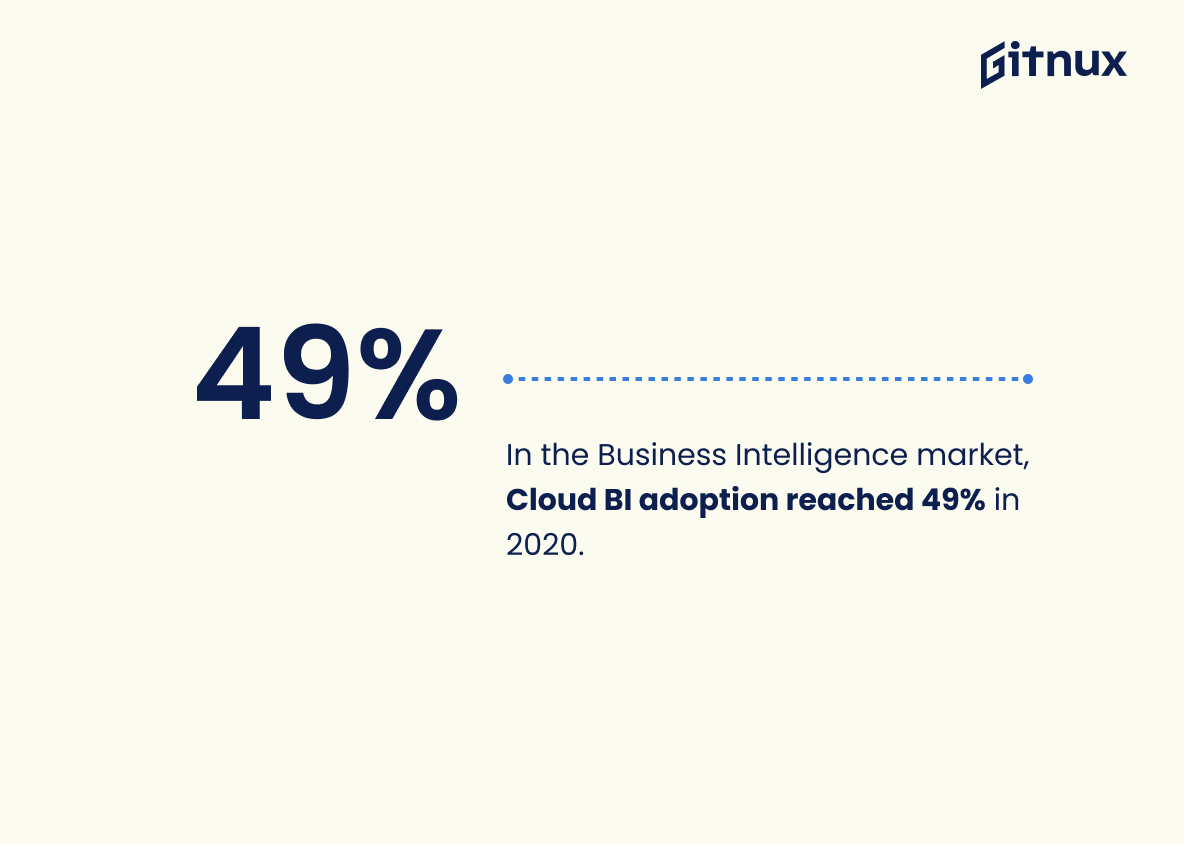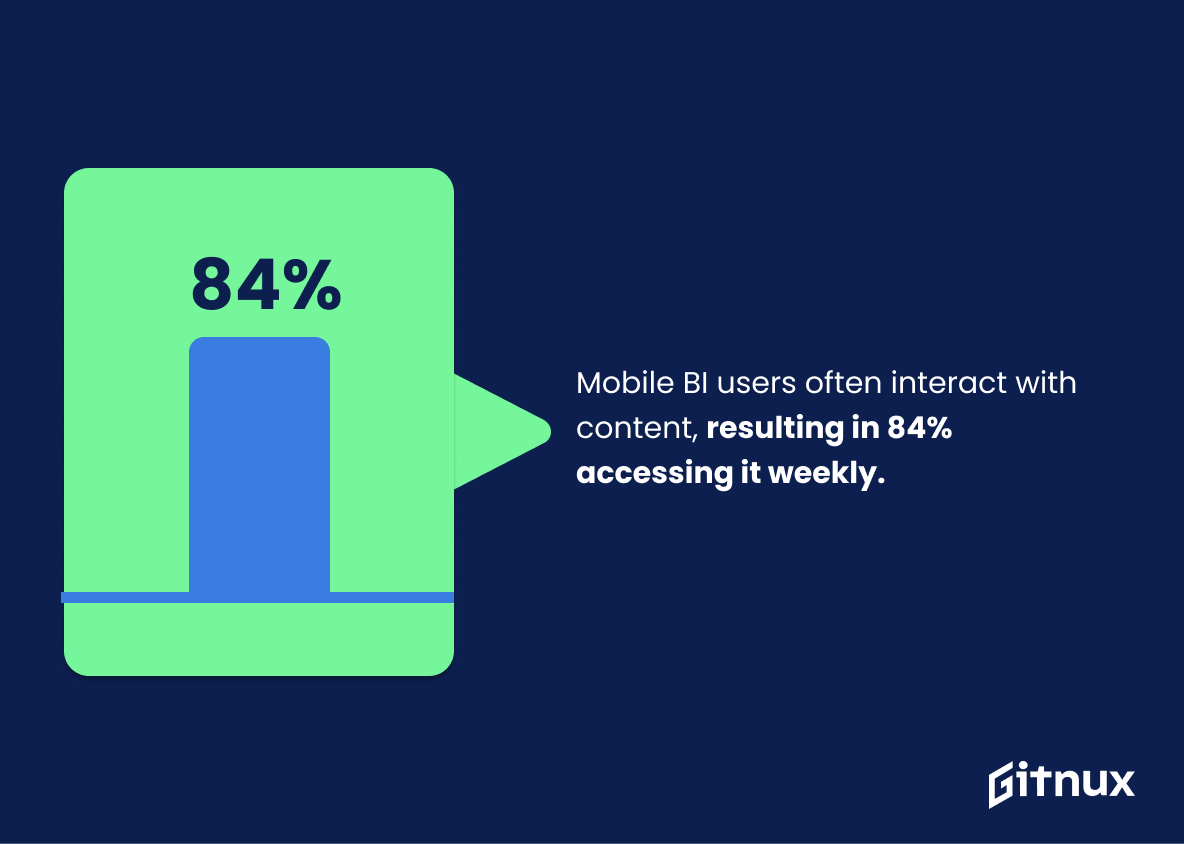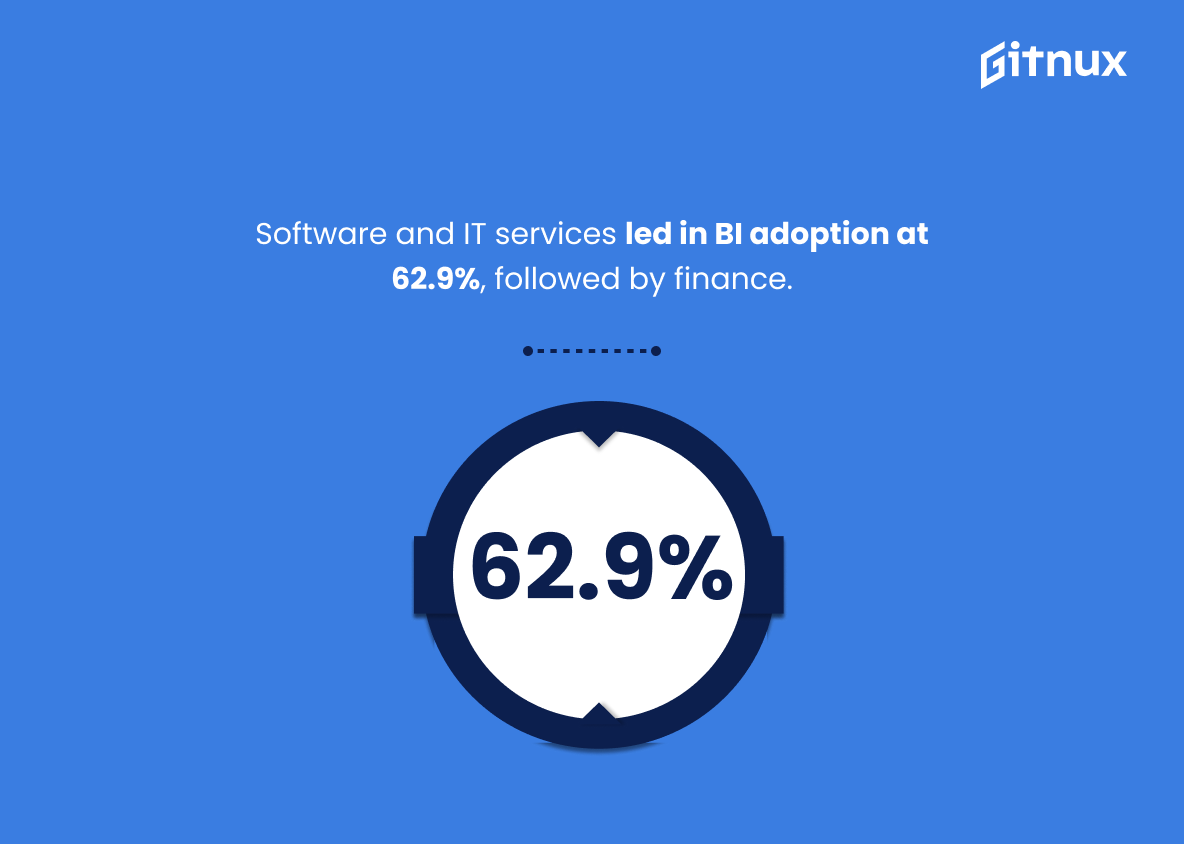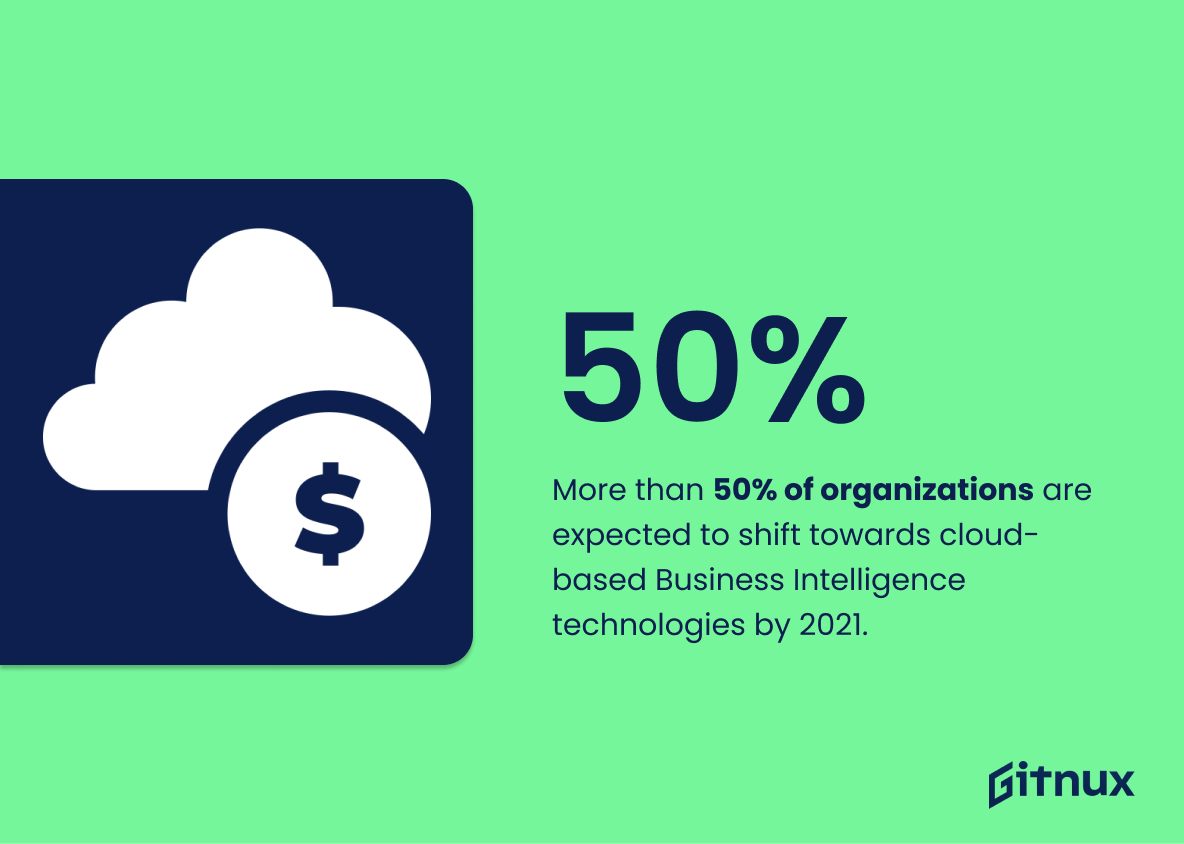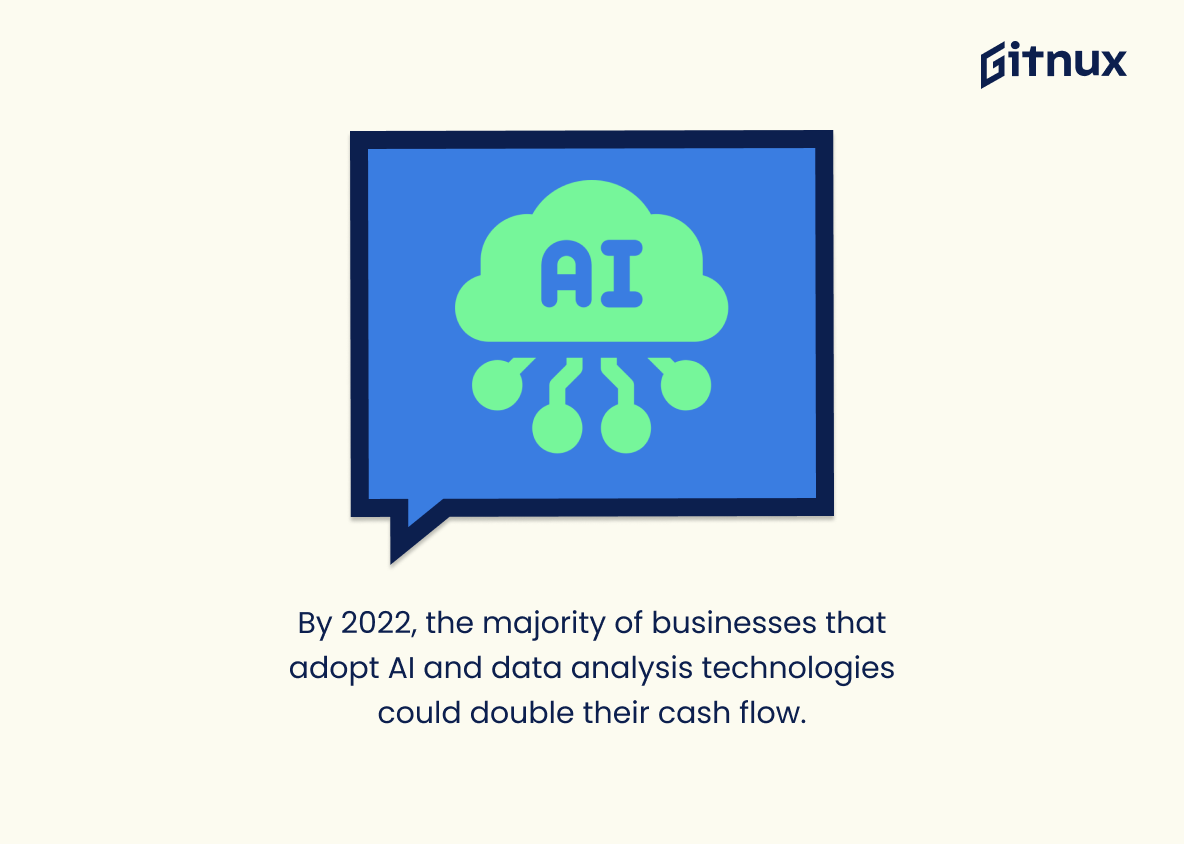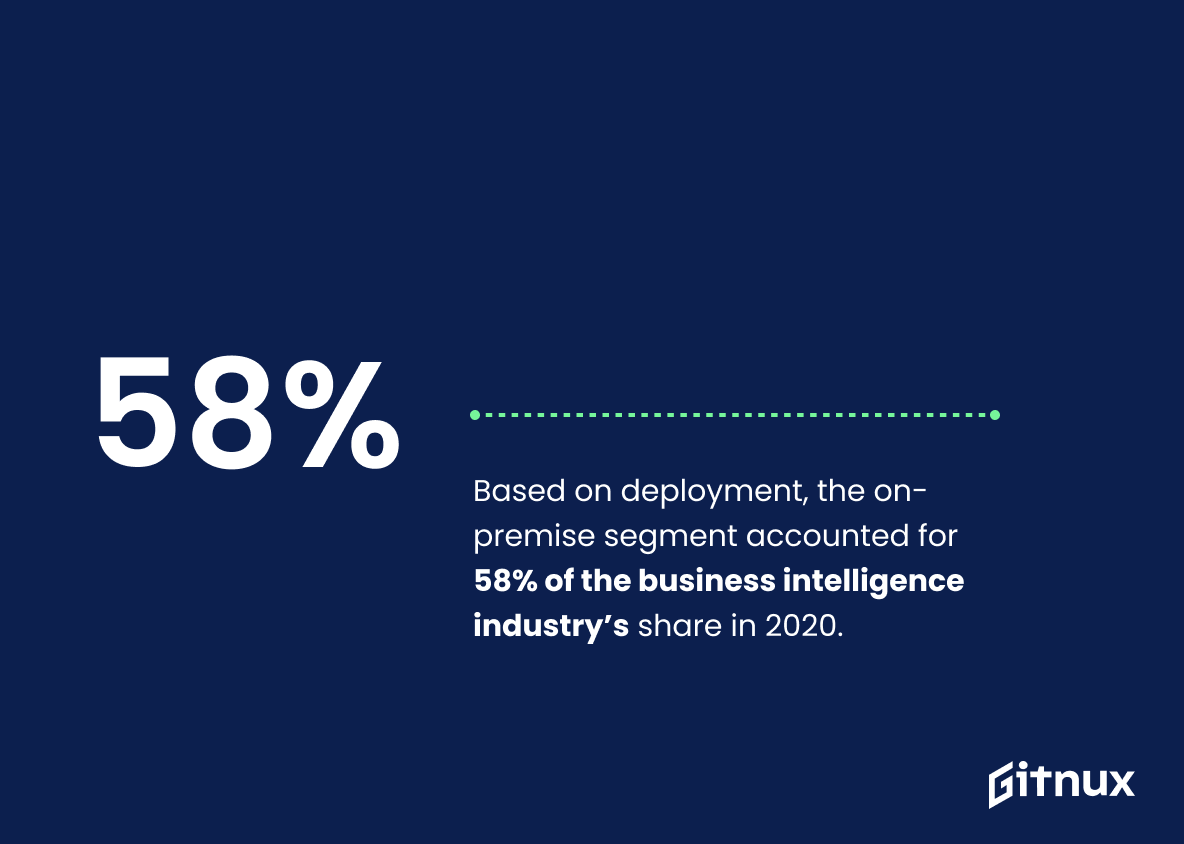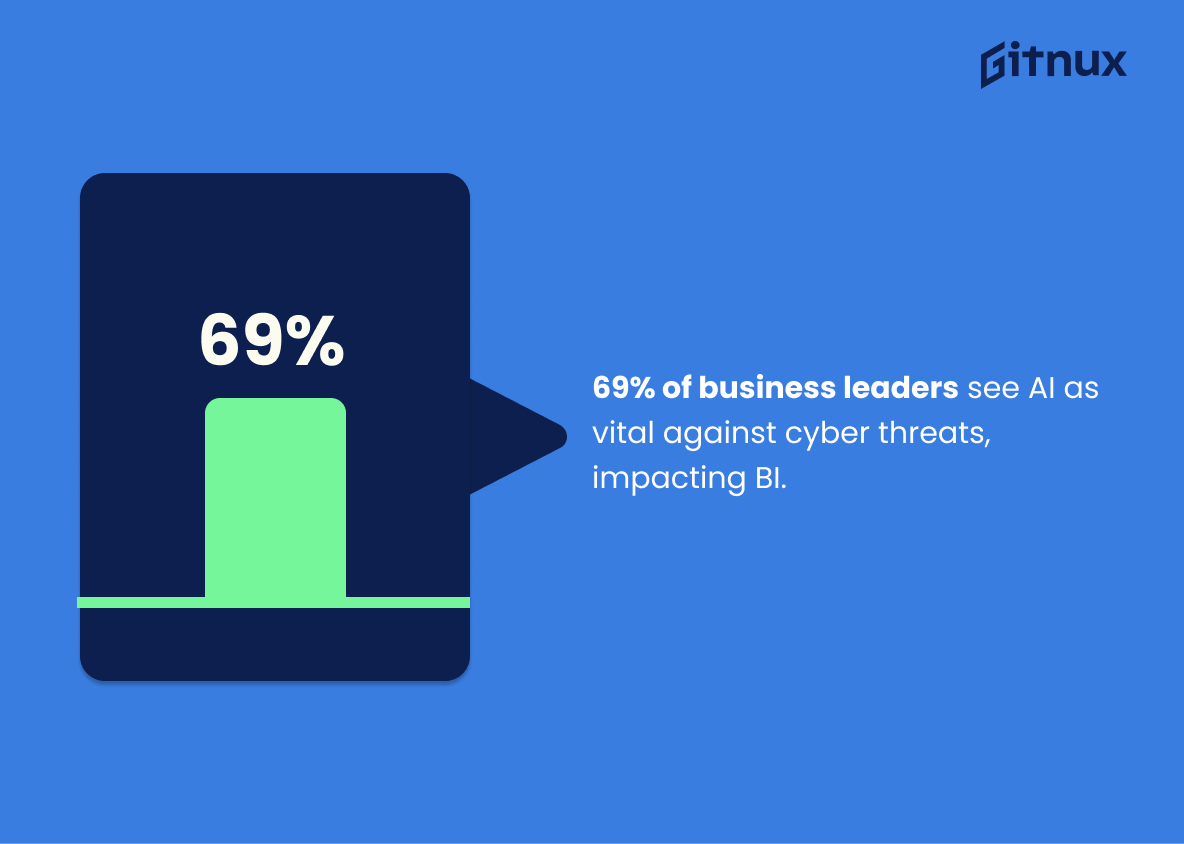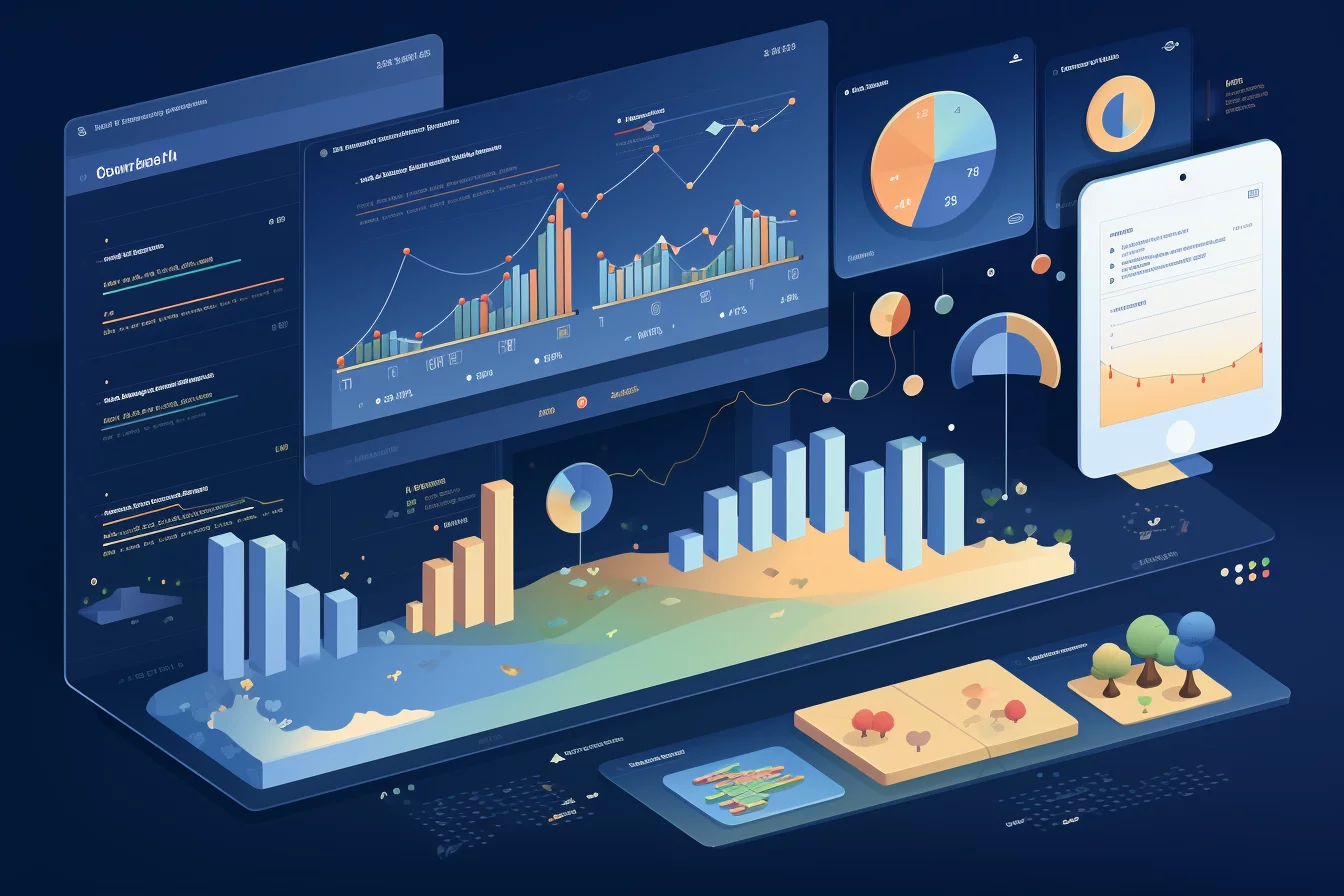In today’s digitally-driven world, success is often based on the ability to accurately interpret, analyze, and react to relevant data. This critical capability forms the very backbone of the Business Intelligence industry – a domain that is ever-evolving and expanding at a remarkable pace. The following blog post delves into the intriguing realm of Business Intelligence Industry Statistics, providing a detailed snapshot of where the industry stands currently, its future outlook, and how it’s shaping enterprises’ decision-making processes worldwide. Armed with these statistics, you’ll gain a competitive edge by understanding business trends, market dynamics, and growth opportunities. So, fasten your seatbelts as we embark on an enlightening journey through the fascinating world of Business Intelligence.
The Latest Business Intelligence Industry Statistics Unveiled
The global business intelligence market was valued at USD 23.1 billion in 2020.
The global business intelligence market’s valuation at a significant USD 23.1 billion in 2020 operates as a powerful testament to the growing dynamism and vitality of this sector. Teeming with numerous players worldwide, this lofty figure informs the plethora of opportunities that exist within the business intelligence landscape, urging potential investors to consider its untapped areas. Moreover, it reinforces the importance of business intelligence in driving decision-making processes, strategic planning, and operational efficiency. Thus, this monetary depiction of the business intelligence industry lays the groundwork for understanding its relevance, influence, and potential trajectory furthermore.
Around 97.2% of organizations are investing in big data and AI for their business intelligence needs.
Painting a compelling picture of the contemporary Business Intelligence landscape, the statistic unveils a burgeoning trend where almost all organizations are riding the wave of big data and AI. The implication is twofold: On one side, it highlights the increasing role of these technologies in enhancing business intelligence. Simply put, the integration of big data and AI is transforming the way companies make strategic decisions.
Secondly, for those enterprises still on the fence, inertia could lead to being outpaced. A whopping 97.2% endorsement signifies the risk of being left behind in the competitive race. The statistic, therefore, stands as both a testament to the current dynamic in the Business Intelligence industry and a clarion call for all organizations to adapt and innovate.
By 2026, the business intelligence market is projected to reach USD 33.3 Billion, growing at a CAGR of 5.3%.
Exploring this projection offers a crystal ball into the Business Intelligence (BI) industry’s future, a realm booming and fizzing with potential. Foreseeing a staggering growth to USD 33.3 Billion by 2026—the industry is no fading comet but a rising phoenix. This prodigious increase, mirroring a 5.3% CAGR, is more than mere numbers—it’s a testament to the transformative power of BI.
Such monetary blossoming in the industry hints at an escalating dependency and faith in BI tools, fuelling innovative leaps, steering wise decisions, and unlocking new frontiers of growth. This bold number underscores the golden era of BI—a period marked by rapid advancements, far-reaching impact, and an aggressive stretch in the horizon of possible. In essence, it buttons the urgency and importance of firms big and small to leverage BI for sustainable competitive advantages and to ride the wave of digital revolution without a wipeout.
Only 26% of business intelligence projects meet success, leaving a huge gap for improved insights.
Highlighting a stark reality for businesses globally, this data point reveals a daunting scenario where a mere 26% of business intelligence projects culminate in success. It paints a picture of an industry where improvement is not only necessary but critical. The implications resound across various aspects—the need for enhanced strategies, for more refined skill-sets, and for better execution. The statistic serves as a wakeup call, creating a compelling narrative of a challenging landscape, while simultaneously opening a vast spectrum for transformative insights. This numeric piece in the BI industry’s puzzle essentially sets the tone for a compelling conversation—on why and how to bridge the visible gap—and paves the way for a deeper delve into other intriguing industry statistics.
Healthcare holds the highest share with 25.1% in the Business Intelligence market.
Delving into the realm of Business Intelligence (BI), one can’t help but notice the significant influence of the healthcare sector. With an impressive dominance of 25.1% within the BI market, the healthcare industry undeniably shapes the dynamics of the BI landscape. The gravity of this statistic in a post on BI Industry Statistics cannot be understated. Not simply because it’s a striking number, but because it rightfully illuminates the pivotal role the healthcare industry plays in driving BI adoption. It compels us to dissect and understand the symbiotic relationship that healthcare shares with BI – from data-driven diagnosis to enhanced patient experiences. Moreover, it sketches an intrinsic connection, underlining how intricately the HI industry’s needs are intertwined with BI solutions. Thus, this statistic paves a path for deeper comprehension and analysis of BI industry drivers and influencers.
The US accounted for roughly 32.0% of the Business Intelligence market in North America as of 2020.
Highlighting that the US represents approximately 32.0% of the Business Intelligence market in North America in 2020 provides a penetrating snapshot of the sector’s geographical distribution. It skillfully paints a picture of the market dynamics, amplifying the pivotal role the United States plays in leading and shaping trends in this rapidly advancing industry. This figure does not only point towards the impressive market share held by the US but also serves as an indicator of the potential growth of Business Intelligence in the region. Thus, this information becomes a vital reference point in examining the industry’s landscape, market size, and future opportunities encased within the Business Intelligence realm.
Almost 44% of businesses already use predictive analytics for their insights.
In framing a picture of the Business Intelligence Industry, it’s hard to overlook the fact that nearly 44% of businesses have already embraced predictive analytics for gaining insights. It underscores the growing awareness and appreciation for the power of predictive analytics in shaping business strategies. This significant percentage points toward an industry that is leaning towards data-driven decision-making models. Moreover, it provides a compelling glimpse into the trend likely to dominate future dynamics of the industry. The sheer volume of businesses harnessing predictive analytics suggests a shift from intuitive to methodical, setting a trajectory that aspiring organizations can’t afford to ignore.
In the Business Intelligence market, Cloud BI adoption reached 49% in 2020.
Highlighting the profound shift in the Business Intelligence market, the remarkable increase in Cloud BI adoption — topping 49% in 2020 — showcases the key transformation in current business strategies. This leap echoes the growing reliance of industries on digital resources, and signifies that nearly half of such services have migrated from traditional methods, embracing the advanced cloud technology for data interpretation, manipulations, and decision-making. Discussing this in a blog post on Business Intelligence Industry statistics would reflect our understanding of the importance of this trend, providing a comprehensive view to the audience on the rapidly evolving BI landscape. Undeniably, an important keystroke in the narrative of technological adoption within the Business Intelligence Industry.
Mobile BI users typically need to interact with BI content daily or weekly, leading to 84% of mobile BI users accessing BI content at least once a week.
Diving into the digital sea of the Business Intelligence (BI) industry, this particular statistic serves as a lighthouse illuminating the trajectory of mobile BI usage. It underscores the pulsating demand for mobile BI interfaces among users, who are seen engaging with BI content on a weekly, if not daily basis. With a whopping 84% of users accessing BI tools at least once a week, it becomes as clear as daylight that the potency of mobile accessibility is revolutionizing the BI industry.
This statistic is a stark reflection of users’ behavioural patterns, bringing to the fore the frequency of BI use through mobile platforms. It not only adds weight to the growing relevance of mobile BI in technical and business landscapes, but also reinforces its permanence as an integral part of business decision-making processes.
Finally, figures like these are like compelling narratives spun by the industry, keeping the readers of the blog post engaged, enlightened and ever eager for more. They enable bloggers to paint an enriched and accurate picture of the BI industry, while positioning them at the forefront of industry thought-leadership.
Software and IT services companies were the obvious early adopters of business intelligence (62.9%), followed by the financial services industry.
Painting the scenery on the prismatic panorama of the Business Intelligence Industry, it is crucial to highlight that noticeable pioneers of this field were software and IT services companies, absorbing and trailblazing with 62.9% of business intelligence adoption. This doesn’t just speak volumes about their foresight, but also illuminates their intrinsic capability to transform abstract data into actionable insights.
In close pursuit, the financial services industry was the next to embrace this intelligence revolution. This interplay between different sectors subtly underlines how intertwined and pervasive Business Intelligence has become across different business domains. It showcases a trend towards strategic decision-making using data-driven insights, where the ones quick to embrace this, weave a competitive edge into their market fabric.
Hence, this statistic forms both the backdrop and blueprint of the sweeping evolution and future perspective of the Business Intelligence industry. It instructively navigates the journey of Business Intelligence from its nascence, impact, to prevalence, shaping a comprehensive understanding of the whole BI industry.
More than 50% of organizations are expected to shift towards cloud-based Business Intelligence technologies by 2021.
Unveiling the forecasted trend captured within this statistic, we submerge into the transformative waves washing over the Business Intelligence industry. Above 50% of entities, presumably speeding their boat towards cloud-based Business Intelligence technologies by the year 2021 paints an exhilarating picture. In an era defined by data-driven decision making, this statistic acts as a lighthouse, signaling how businesses are optimizing their operations.
This statistic is the cardinal direction setting the sail for major industry changes, revealing a shift in Business Intelligence applications from in-house, physical infrastructures to more flexible, scalable, and accessible cloud-based solutions. It not only signifies the growing acceptance and reliance on cloud technology but also illuminates the anticipated growth and trend within this sector. It is thus a critical lynchpin for the reader to understand the innovative, ever-evolving landscape of Business Intelligence.
Moreover, as a thriving trend, such a massive shift across organizations spells out the undeniably increasing importance of data analysis and its perception as a significant driver for achieving competitive advantage. Consequently, any blog post aimed at delving deep into the Business Intelligence Industry statistics would remain incomplete without acknowledging this crucial morphing reflected in the industry’s very core.
By 2022, the majority of businesses that adopt AI and data analysis technologies could double their cash flow.
Significantly, the stated forecast spotlights the transformative power of AI and data analysis technologies in fueling the growth of the business intelligence industry. It casts AI and data analysis techniques not merely as optional tools companies could use, but as critical cogs in a machine designed to exponentially boost cash flow. Thus, considering the explosive role of data in shaping business choices, the statistic amplifies the importance of early adoption and proactive adaptation in securing the frontier of business advantage and profitability. This remarkable revelation stands at the heart of re-thinking strategies, developing innovative models and making informed decisions within the business intelligence industry, i.e., a prediction effectively setting the compass for future trends and potential business models.
Based on deployment, the on-premise segment accounted for 58% of the business intelligence industry’s share in 2020.
Deconstructing the very fabric of the Business Intelligence (BI) industry, reveals the enduring dominance of the on-premise segment, staking a claim to an impressive 58% share of the market in 2020. In the vibrant canvas of BI trends, this statistic not just represents a snapshot, but also threads a compelling narrative around the adaption patterns prevailing in this domain. The robust command of on-premise deployment signals the sustained reliance on traditional BI methodologies by a significant portion of businesses, often due to data security considerations and degree of control offered. Moreover, such information is a lucid indicator for new entrants or existing stakeholders to sculpt their strategies, ensuring their offerings remain relevant and competitive for the on-premise audience segment. As the BI map constantly undergoes shifts and shades, this portion of data lends a sharply focused lens through which to understand and navigate its intricate landscape.
69% of business leaders believe AI will be necessary in responding to cyber threats, which will continue to shape the business intelligence industry.
In the throbbing heart of the Business Intelligence (BI) industry pulsates a striking revelation – the voices of 69% of business leaders echo the significance of Artificial Intelligence (AI) in combating cyber threats. This percentage isn’t just a number; it’s a powerful testament to the dawning of an era where AI is no merely longer an optional extra, but an essential cameo in the business narrative. Cyber threats, akin to the proverbial wolf at the door, persistently loom over the business landscape, ineluctably re-shaping the structure of the BI industry.
In effect, this notable statistic enlightens readers regarding the current direction of industry thought and practice. It underscores the mounting reliance on AI as a potent defence against ever-evolving cyber predators. In a blog post orbiting around BI industry statistics, the 69% isn’t only indicative of a trend, but an urgent call to arms for all business leaders to buttress their cyber defences with AI or risk lagging behind in the relentless race of business innovation and security.
Conclusion
In summary, the business intelligence industry’s trajectory clearly signals exponential growth and expansion. The critical role of data in decision-making processes and strategic planning, coupled with the rapid advancement of technological tools available, ensures that Business Intelligence is no longer a luxury but a necessity. The industry’s statistics demonstrate a prosperous future for businesses investing in BI tools, with projected market growth, increasing revenue streams, and enhanced operational efficiencies. Whether you are a small business or a global corporation, these insights underline the importance of integrating BI solutions into your operations for data-driven decision-making and immeasurable business growth. The future is intelligent, and it’s clear that the future is now.
References
0. – https://www.www.domo.com
1. – https://www.www.pwc.com
2. – https://www.newrelic.com
3. – https://www.www.logianalytics.com
4. – https://www.www.forbes.com
5. – https://www.www.researchandmarkets.com
6. – https://www.www.grandviewresearch.com
7. – https://www.www.datapine.com
8. – https://www.www.dnb.co.uk
9. – https://www.www.globenewswire.com
10. – https://www.www.alliedmarketresearch.com
11. – https://www.www.merca20.com
12. – https://www.www.atinternet.com
13. – https://www.www.fortunebusinessinsights.com
